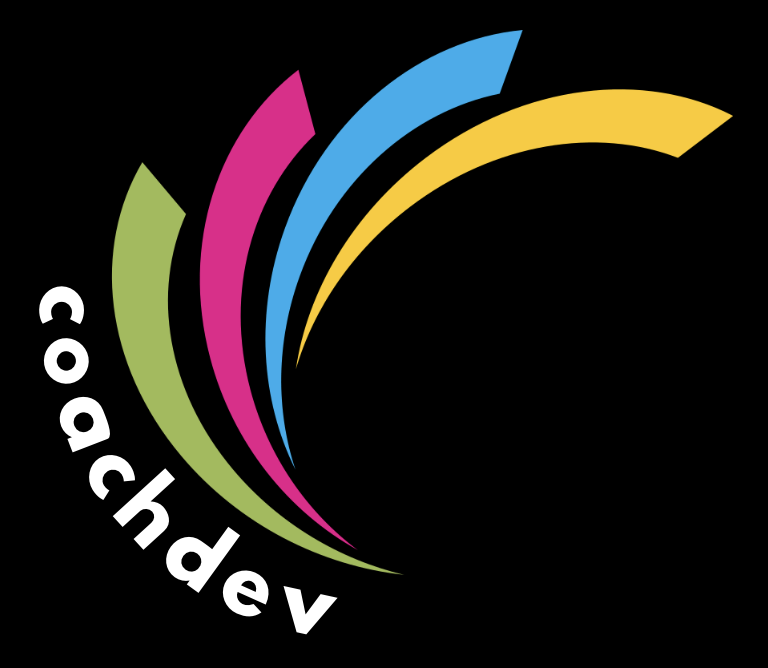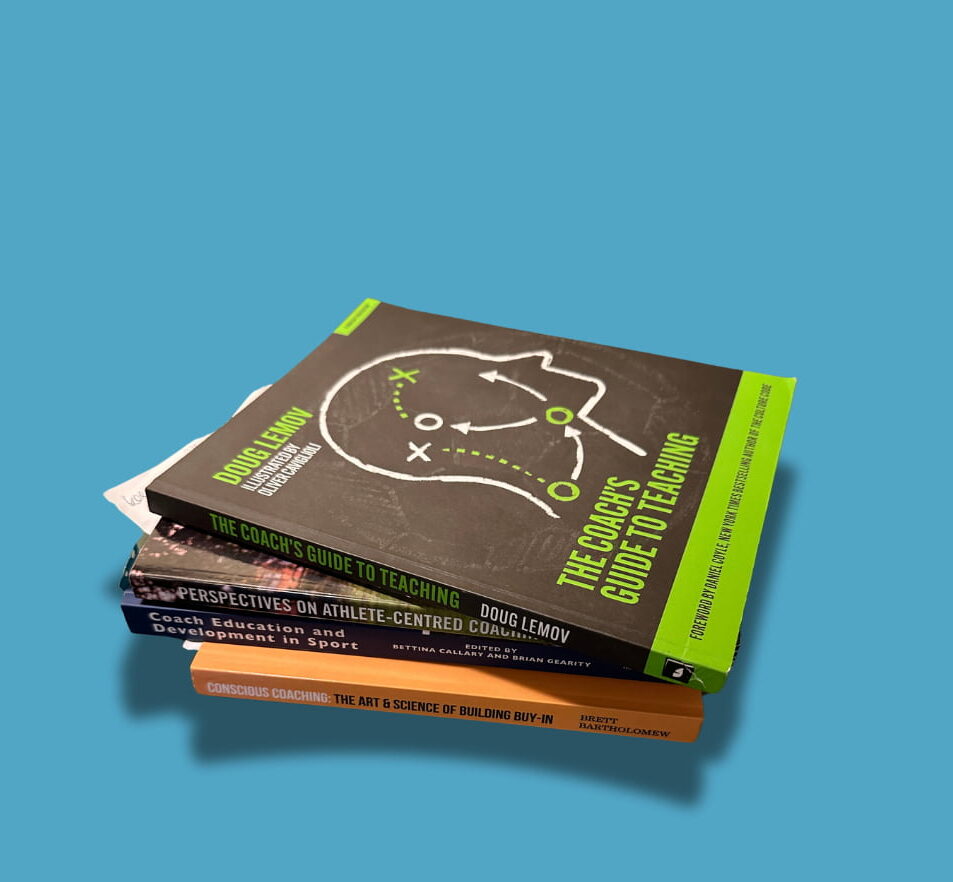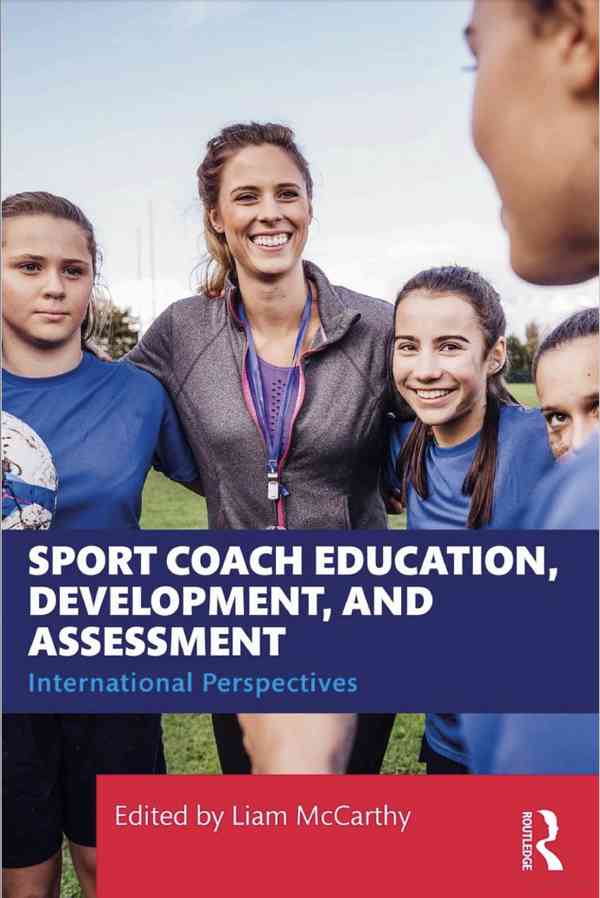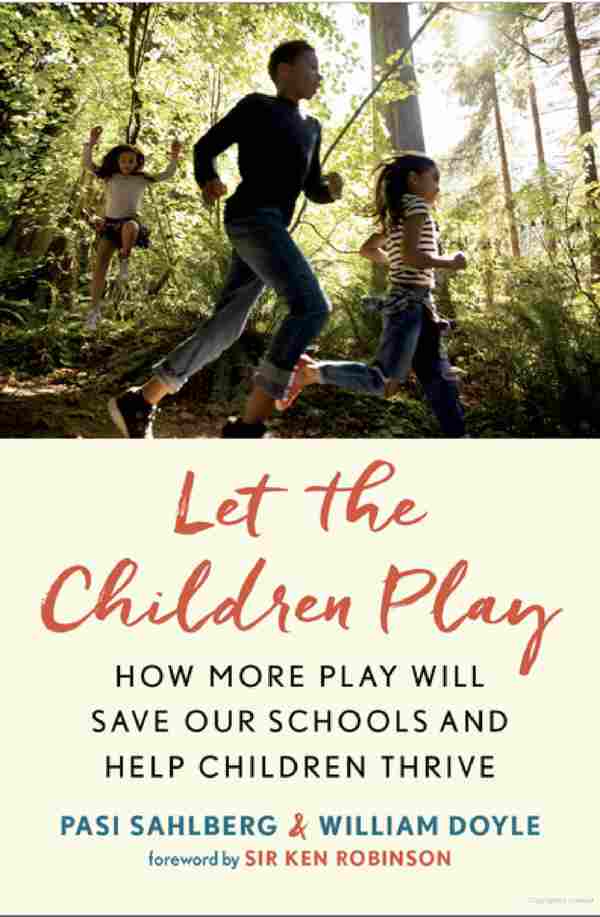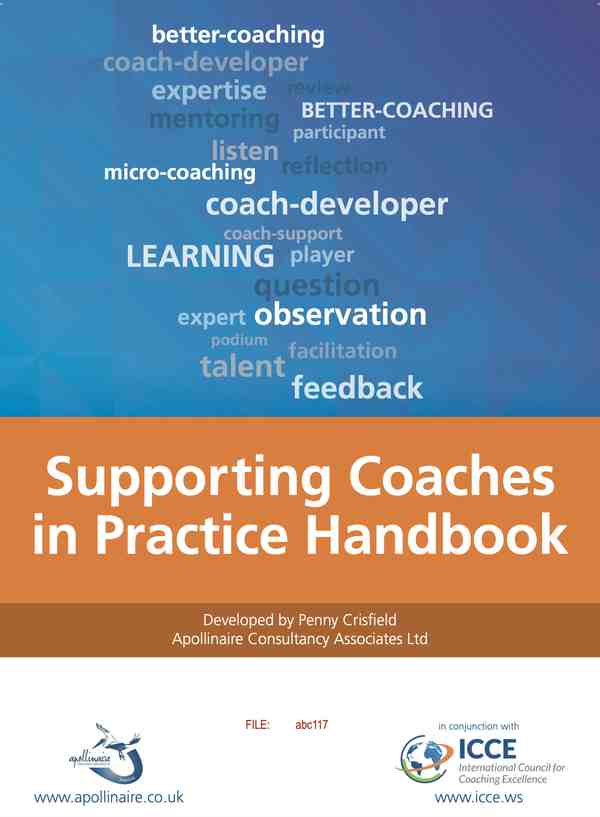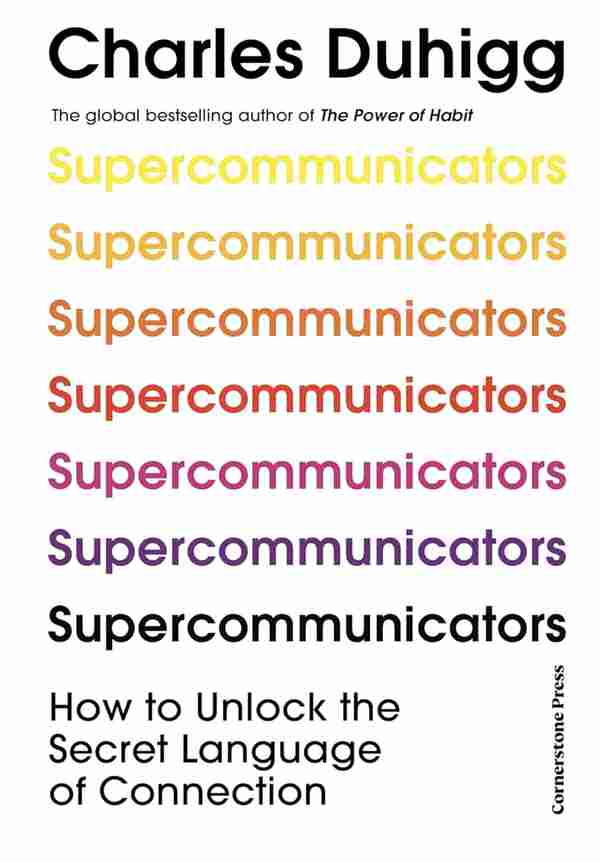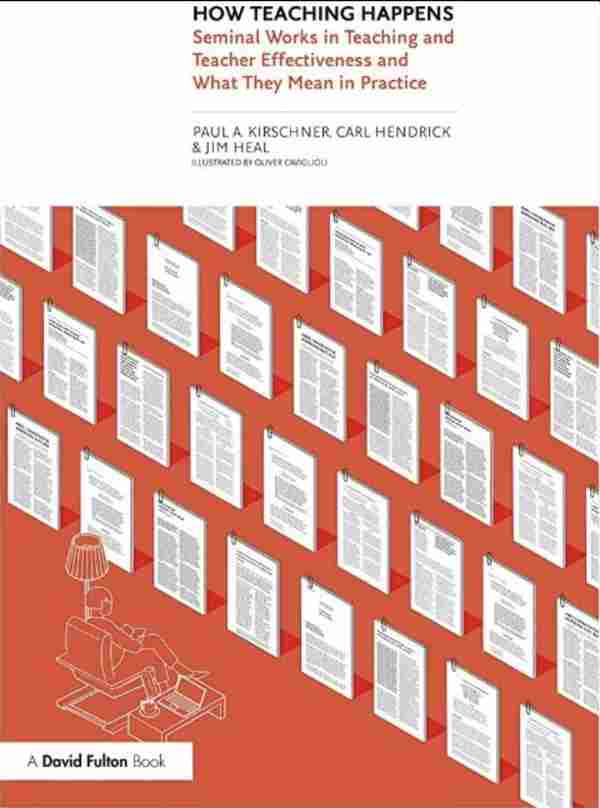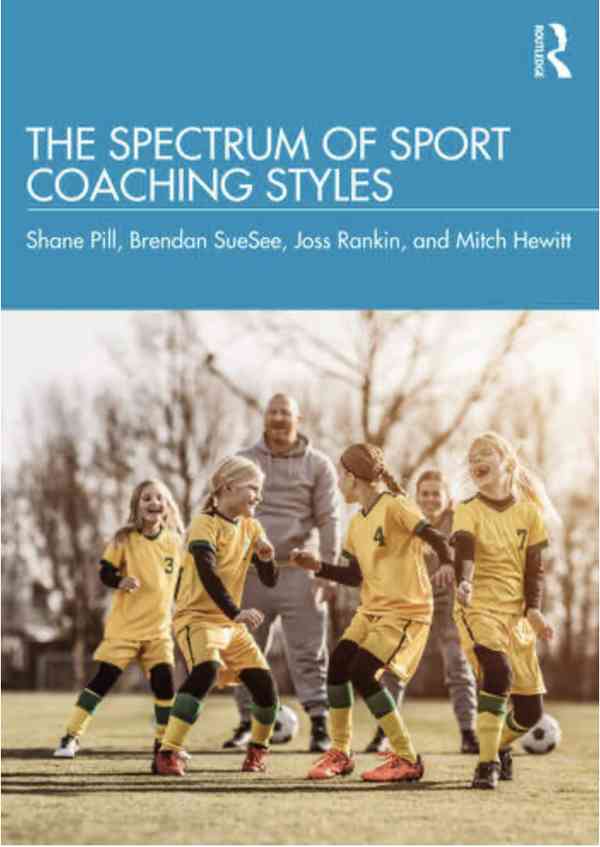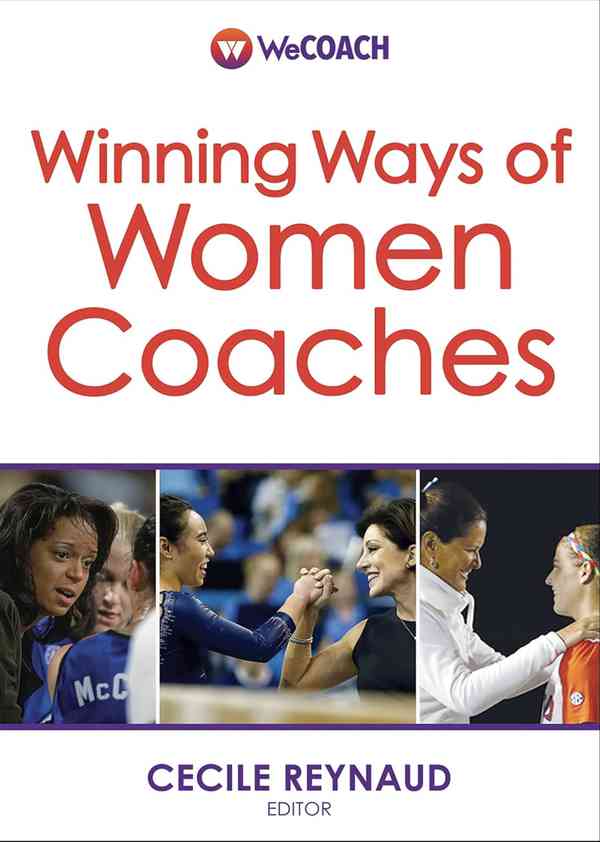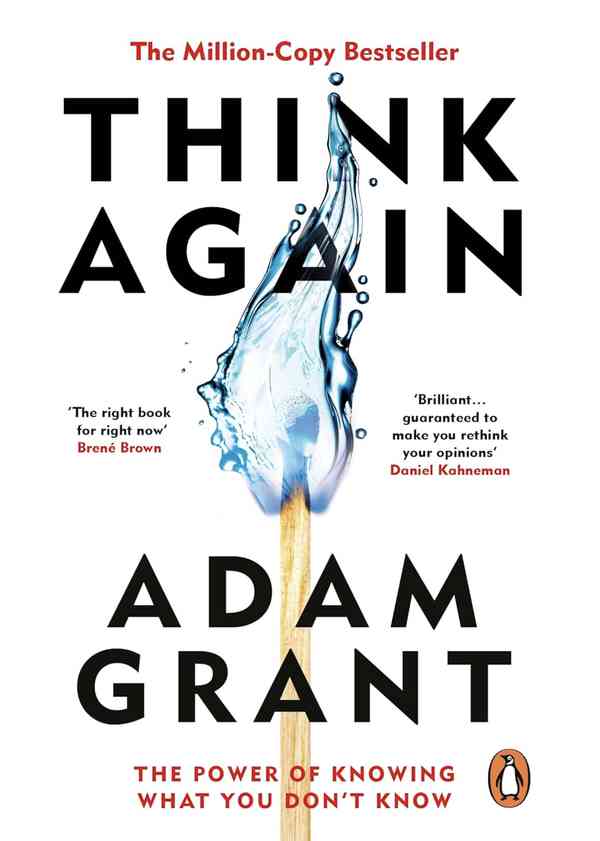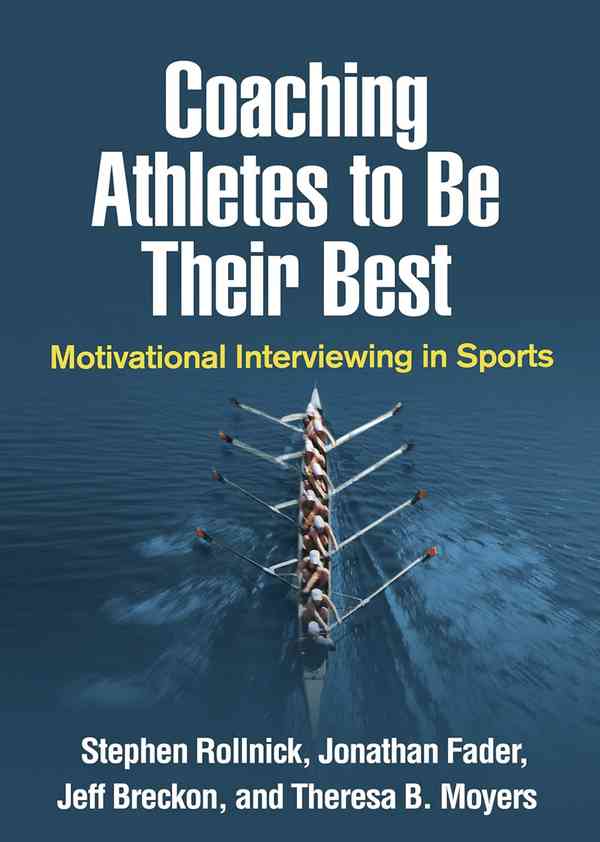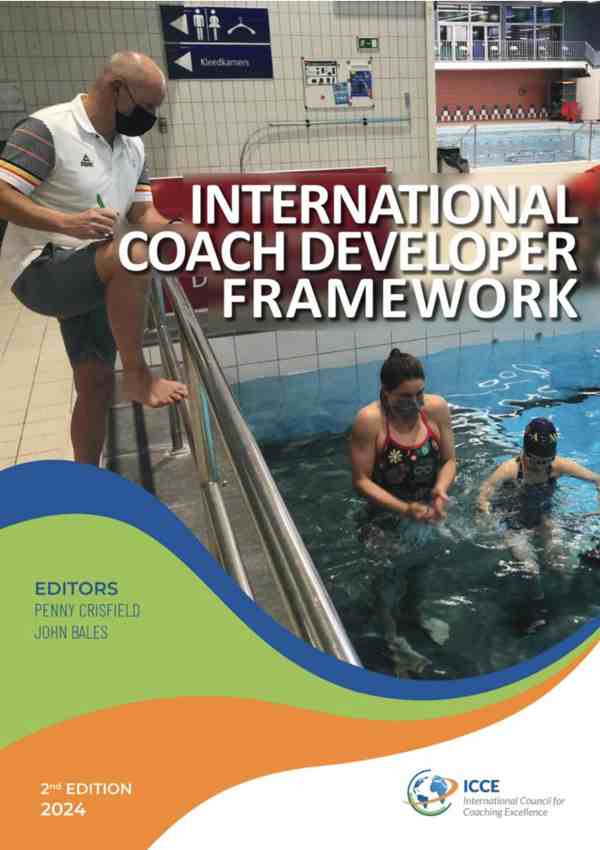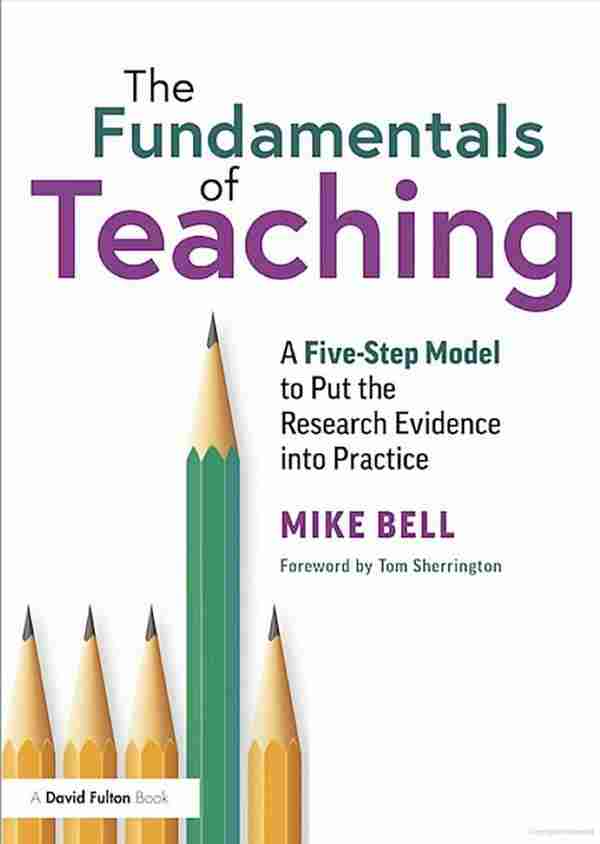Books to spark your interest
Mixed in with books about coaching, coach development and learning in general, you’ll find books on the impact of smart phones on growing children, reflections on how science works, an introduction to the science of memory, another about outsmarting your brain, and a book on the power of knowing what you don’t know.
Rocket science is easy compared with coaching. Hopefully the books listed here reflect some of the diverse areas of knowledge that have an impact on coaching and coach development. Coaching is often about the ‘one percenters’.
In the grid below you will see my reads for 2024. I hope some of these books may spark your interest.
Full disclosure – I read the majority of these cover to cover. A few I dipped into and will continue to do so. Here they are. Click on a book cover to take you to a short review.
McCarthy, Liam (Ed.) (2025). Sport Coach Education. Development, and Assessment, Routledge, London
The book integrates ideas about assessment along within the broader context of developing coaches. While not providing any gold standard, or best practice for design, many ideas are provided to stimulate thought through the foundation chapters which are followed by examples from around the world.
One paragraph header in Liam’s second chapter made me sit up straight: Implications for Coach Education and Development Programmes: If Assessment Is Learning, Then What?
This reconceptualising of assessment builds a bridge between two aspects of preparing coaches: learning/development and assessment.
Full disclosure, I am a co-author of a chapter along with Andrea Woodburn (lead author).
Sahlberg, Pasi; Doyle, William. (2019). Let the Children Play. (How More Play Will Save Our Schools and Help Children Thrive), Oxford University Press.
Pasi Sahlberg originally from Finland lives in Australia. He was a major shaper of the world-renowned Finnish education system.
This book is a world round-up of playful learning and a reminder to us in sport to never forget the importance of providing opportunities for children to play.
The call for “better education and not more of it”, is something we as CDs should keep in our sights.
Chrisfield, Penny. (2019). Supporting Coaches in Practice Handbook, in conjunction with the International Council for Coaching Excellence.
Starting with information on learning, the Handbook moves to make the case for post-program support where real behavioural change is derived from practice in authentic situations.
“Learning can be accelerated if coaches learn to be effective reflectors, and if their reflections can be heightened through skilful questioning and high-quality feedback.” The Handbook provides practical advice for implementing these ‘accelerators’ of learning.
The Handbook is available here.
Reynaud, Cecile. (Ed.) (2023). Winning Ways of Winning Coaches. Human Kinetics.
Cecile Reynaud, the editor of this collection, has a distinguished record as a volleyball coach. The twenty elite coaches featured are from the USA (majority), Canada and Australia. The contributions are grouped under three broad headings: coaching career path, program development and management, and athlete engagement and growth. Many (if not most) of the insights are relevant to anyone coaching at the elite level.
It might be my Aussie bias, but I thought netball coach Roselee Jencke’s chapter, Managing Yourself with its emphasis on elite coaches looking after themselves was a point that can’t be stressed too often.
Softball coach Lonni Alameda in the last chapter gives us a useful way to think about winning. She writes: “If players had identified winning as a core value, we would have had a problem. I’m more about the process than the outcome.” So, while coach Alameda talks to her athletes about winning, it is creating a winning culture that is most important.
For many insights across a broad range of issues faced by all elite coaches, this is a good read.
Bell, Mike. (2021). The Fundamentals of Teaching (A Five-Step Model to Put Research Evidence into Practice), Routledge London and NY.
Mike Bell’s book provides practical strategies in the five areas that form the framework for the book: 1. Prior Knowledge, 2. Presenting new material, 3. Setting challenging tasks, 4. Feedback and improvement, 5. Repetition and consolidation.
Like the Goodwin et al book reviewed in this post, Bell’s book is based on picking the eyes out of respected research reviews. The author cautions against turning the strategies into a “must do” checklist.
The book provides a good primer into a brain-based explanation of the learning process. The emphasis on mastery learning ties in well with coach learning strategies that avoid completing the curriculum at any cost. There are many practical ideas here for the CD, particularly regarding the knowledge component of courses.
The use of prior knowledge quizzes and quizzes to check understanding are helpful tools for the reader, consistent with ideas espoused in the book.
